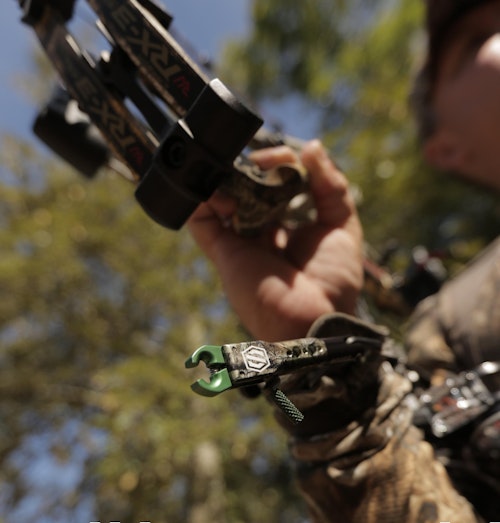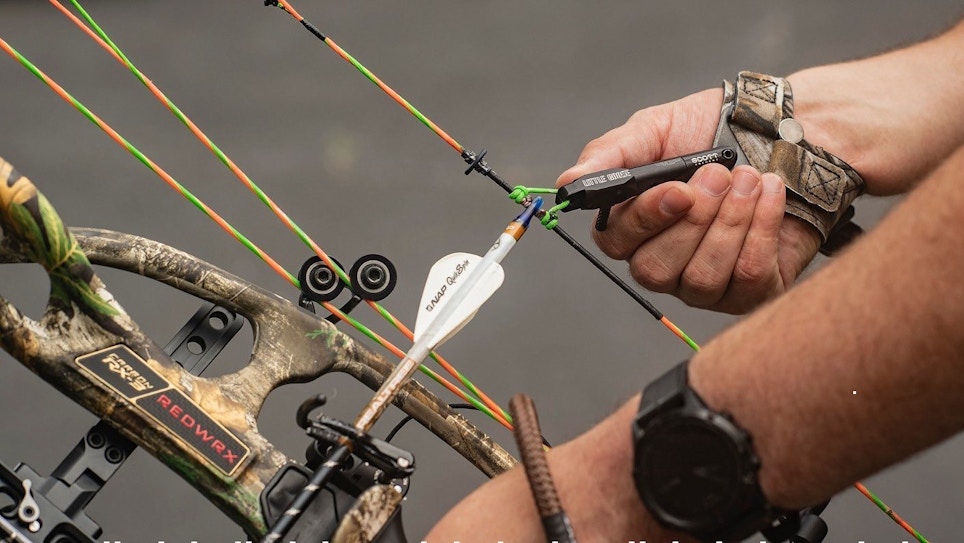When I first started shooting a compound bow (late 1970s), I shot with fingers; I didn’t need or want a mechanical release. Shooting with fingers works well with a long-axled compound; trying the technique with a bow shorter than 42 inches results in uncomfortable finger-pinch due to severe string angle at full draw. Of course, this is dependent on draw length. FYI: Chuck Adams, one the most famous bowhunters in history, killed each of his Super Slam animals shooting with fingers and Hoyt and Reflex compounds measuring 45 to 47 inches in length.
Today, if you wanted a compound measuring at least 42 inches axle to axle, you’d have to purchase a used model. The percentage of bowhunters shooting with fingers is very small — my guess is 2 or 3 percent — and that number is declining. For that reason, no compound bow manufacturer (to my knowledge) currently offers a compound long enough for shooting with fingers.
This background in bow length is important to highlight the need for almost every bowhunter to own a top-notch release. In fact, I think it’s critical that every bowhunter owns two of his or her favorite release.
Case in point: While bowhunting turkeys recently, I tried to attach my mechanical release to the bowstring’s D-loop as the sky brightened in the east and toms gobbled from the limb only 80 yards away. The index-style release’s jaws failed to open, and the trigger post flopped back and forth. Clearly, something failed within the release. I could pry open the single-caliper release and then force it closed over the D-loop. It seemed like it would release the string okay under tension, but there was no way to know for sure during my sit.
I didn’t have a shot opportunity that morning and thankfully was able to grab my backup release, which is identical to my primary one, during a lunchtime break. I continued bowhunting without worry.
As I waited on a wild turkey for the remainder of my hunt, I felt lucky to have packed two identical releases for my out-of-state bowhunt. Not having a backup in camp would’ve meant a long drive to find and buy a replacement release — any model! — at an archery shop.

A benefit to owning two releases is customers can shoot both during practice sessions to ensure each one works well and is ready to roll. Like a pro baseball player who brings two game-ready gloves to the field each day, it makes sense to be prepared for the worst.
My educated guess is 97 or 98 percent of today’s bowhunters depend on a mechanical release. I don’t know how many own and pack two releases, but I’m sure the percentage is much lower. Your sales staff can educate those customers who own only one release, and hopefully sell them a backup model, too.
Photos from Scott Archery Facebook






